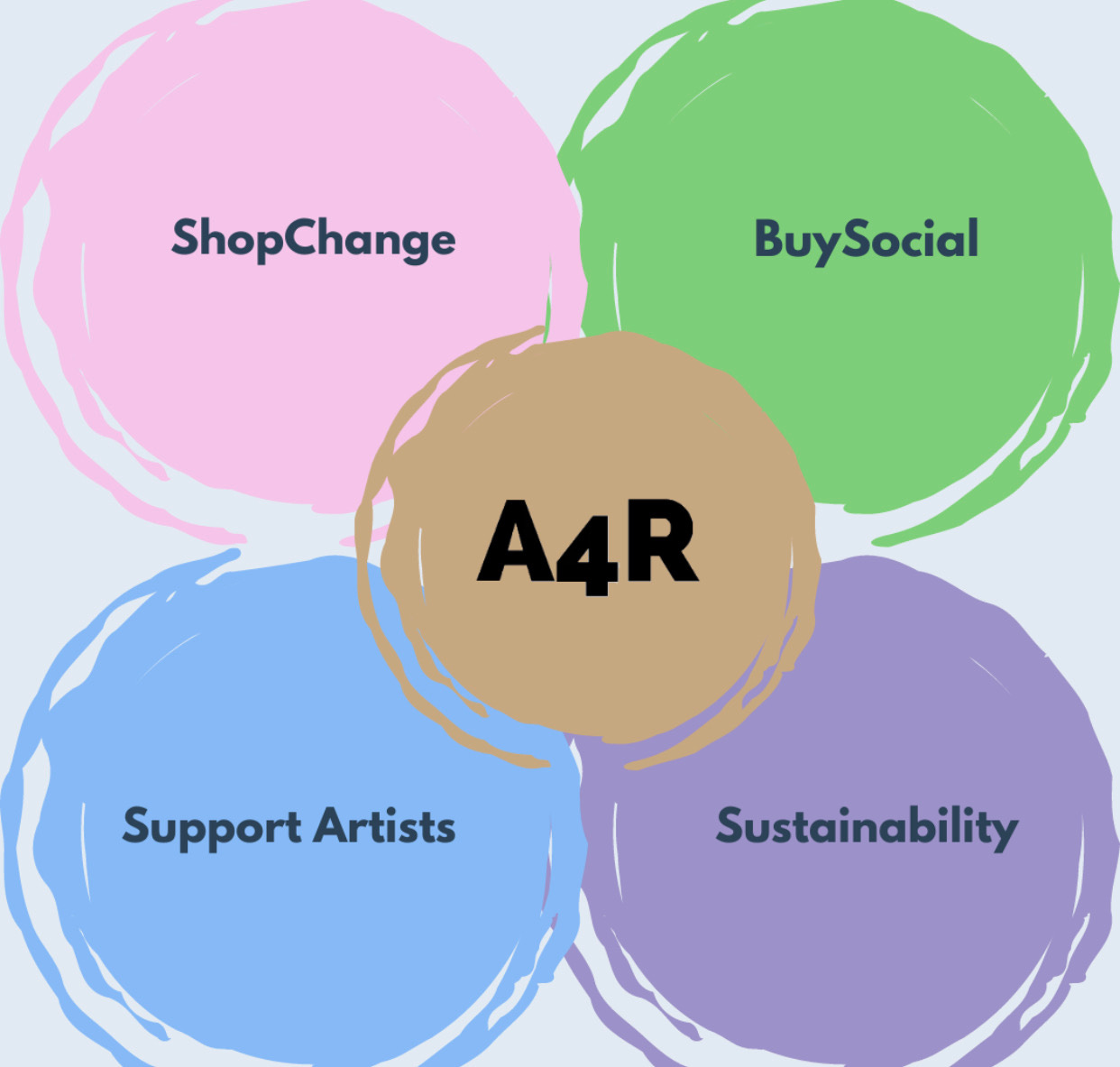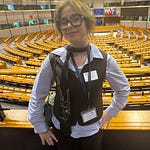Between War and Peace: How Libyans Are Building Their Future
The civil war is over, but what now? The effects of the wars in 2011 and again in 2014 still affect Libyan life. For many Libyans, the shape of a safe future is unclear as political instability, economic hardship, and the governance of militias determine their fate. While some hope for reconstruction, others struggle with the enduring trauma of war, wondering if true peace is even possible.
In 2011, a country that toppled its dictator found itself caught in an even deadlier conflict just a few years later. The Second Libyan Civil War (2014-2020) wasn’t just about power: it was about identity, control, and survival. As rival governments and militias fought for power, civilians were left alone in a divided nation where stability seemed out of reach. Today Libya is at a turning point because through international ceasefires and political imbalance, the country is trying to rebuild itself. But what does that look like? This blog article will explore Libya’s road to recovery through the lens of its people, focusing on how the locals are working to achieve self-determination, freedom, and independence while struggling with migration and foreign interference.
Before its current state of instability, Libya already had a revolution. The dictator, who had ruled for more than 40 years, Moammar Gaddafi, was overthrown and assassinated in 2011. His removal, however, did not leave the nation with peace but a political crisis. The nation soon fell into chaos because the militias that had battled Gaddafi did not surrender their weapons and because there was no legitimate state to inherit. So, Libya was effectively in a civil war by 2014. The two main groups were the Libyan National Army (LNA) led by Khalifa Haftar, which is headquartered in the east, and the internationally recognized Government of National Accord (GNA), whose seat of government is in Tripoli. What began as a struggle over control quickly became a battle with foreign interests. Russia, Turkey, the United Arab Emirates, and European nations were involved in providing financial, military, and airstrike support to various sides. Libya was turned into a battleground for six years, when thousands were forced to flee, cities were occupied, and civilians were stuck in the middle of the conflict.
So, what is going on today? How did the war end? Peace was reached, for now, thanks to a ceasefire in 2020 that opened diplomatic agreements, however the political situation is still in shambles.
The country is technically unified under a transitional government, but deep divisions remain. Haftar’s forces still hold power in the east, and Tripoli’s leadership struggles to enforce control even in the west as armed groups continue to operate, making everyday life unpredictable for many. However, beyond politics, Libya is also dealing with a humanitarian and economic crisis. Oil is the nation’s main source of income, although instability and corruption have severely limited production and basic services like healthcare and energy are generally unstable, with youth unemployment at a historically high level. Nonetheless, amid ongoing instability, young Libyans are finding creative ways to sustain themselves and their communities. For example during the COVID-19 lockdowns, when authorities restricted movement and hard-to-access essential supplies became scarce, local entrepreneurs stepped in.
One initiative, an online platform developed by young Libyans, connected suppliers with customers, ensuring that people could still obtain food, medicine, and other necessities during the crisis. This response to the pandemic demonstrated not only adaptability but also the potential of Libya’s emerging digital economy, with traditional business structures weakened by years of conflict, young entrepreneurs are increasingly using technology to fill the gaps left by an unreliable state. Many of these businesses began as small, self-funded initiatives, relying on social media and personal networks to reach customers. However, major obstacles remain: frequent power cuts, poor internet connection, and the lack of financial support make it difficult for digital businesses to scale. Despite these challenges, Libya’s young entrepreneurs continue to innovate, proving that rebuilding the country does not depend solely on political agreements or international aid. Instead, grassroots efforts like these highlight a growing determination among Libyans to shape their own future, even in the face of challenges.
On the other hand, many Libyans remain confused about who actually controls their country because foreign interests continue to hold the power in their hands.
On this note, one of the main questions still remains: who really governs Libya? Despite fighting to overthrow the government, many Libyans believe their nation is still not really independent. There are still foreign military bases in Libya, and the administration is influenced by foreign powers. Even the municipal level is fragile; in the lack of a strong central authority, several cities function nearly independently, managing their own public services and security forces. Militia rule, curfews, and arbitrary detentions are common as journalists and activists pushing for change often face threats. Yet, a new generation of Libyans refuses to stay silent: through digital activism, underground art movements, and community-led initiatives are becoming powerful tools to reclaim personal and political freedoms. However, in a country where power is still dictated by force, the fight for true freedom is far from over.
What does it mean to be Libyan in 2025? After years of tribal and regional divisions, national identity remains deeply fractured. On one side, some look to pre-Gaddafi traditions as a way to reconnect with Libya’s past, while others envision a future free from international influence. Today, music, poetry, and social media have become platforms for debating and redefining Libyan identity, as young people push to shape a national culture that reflects their hopes and realities. Moreover, the struggle for self-determination is not just political but cultural, personal, and deeply intertwined with the country’s future. Libya isn’t just a country in crisis; it’s also a key transit hub for migration. Many have fled, seeking safety in Europe or neighbouring countries, while thousands of African migrants see Libya as the last stop before attempting the dangerous Mediterranean crossing. As a result, overcrowded detention centres, human trafficking networks, and a humanitarian crisis unfold at the borders. This means that migration is now about survival, belonging, and the search for stability in a country that is searching for it.
What’s next? Libya is still standing, but the road ahead is very uncertain because a fragile peace holds, but political tensions, economic instability, and militia rule remain obstacles to real and full recovery. Nonetheless, Libyans continue to adapt, rebuild, and push for a future they can call their own; the war is over but the real battle for Libya’s future is just now beginning. While outside influences remain a challenge, Libyans are finding ways to create spaces of independence in their daily lives, resisting external control in subtle but meaningful ways: whether through activism, cultural revival, or entrepreneurship, the younger generation is refusing to let their future be dictated solely by past conflicts. At the same time, migration remains one of the biggest questions. Will those who fled return to help rebuild or will they lose talent to more stable nations? Many Libyans abroad watch from a distance often torn between the safety they’ve found elsewhere and the responsibility they feel toward their homeland. For those who remain, the biggest struggle is endurance, keeping hope alive in the face of continued uncertainty.
Libya’s history has been one of resilience, and its people have shown that they refuse to be defined by the civil wars only. The process of rebuilding is underway, whether it takes years or decades, and it is shaped by those who will not let Libya fade into chaos once again.
Chivvis, Christopher S., Keith Crane, Peter Mandaville, and Jeffrey Martini. “Libya’s Post-Qaddafi Transition: The Nation-Building Challenge.” In Libya’s Post-Qaddafi Transition: The Nation-Building Challenge, 1–20. RAND Corporation, 2012.
Salyk-Virk, Melissa. “The Conflicts in Libya from 2011-2020.” Airstrikes, Proxy Warfare, and Civilian Casualties in Libya. New America, 2020.
Shadeedi, Hamzeh al-, Erwin van Veen, and Jalel Harchaoui. “The Main Phases of the Libyan Civil War.” One Thousand and One Failings: Security Sector Stabilisation and Development in Libya. Clingendael Institute, 2020.
Toaldo, Mattia. “Migrations Through and From Libya: A Mediterranean Challenge.” Edited by Lorenzo Kamel. Changing Migration Patterns in the Mediterranean. Istituto Affari Internazionali (IAI), 2015.
UNDP. “A Libyan Entrepreneur’s Online Platform Delivers Supplies during the COVID-19 Lockdown and the Ongoing Conflict,” May 14, 2020. https://www.undp.org/arab-states/stories/libyan-entrepreneurs-online-platform-delivers-supplies-during-covid-19-lockdown-and-ongoing-conflict?utm_source=chatgpt.com
In this episode Greta discusses Libya and the issues they are dealing with in rebuilding themselves. She is a Citizen Journalist with us on a placement organised with War Studies Department, King’s College, London. This article was edited using Lex.page.
Thank you for reading an A4R 🎨 Post. Don’t forget to visit our gift shop here. Every purchase scales our impact and pays our bills.















